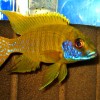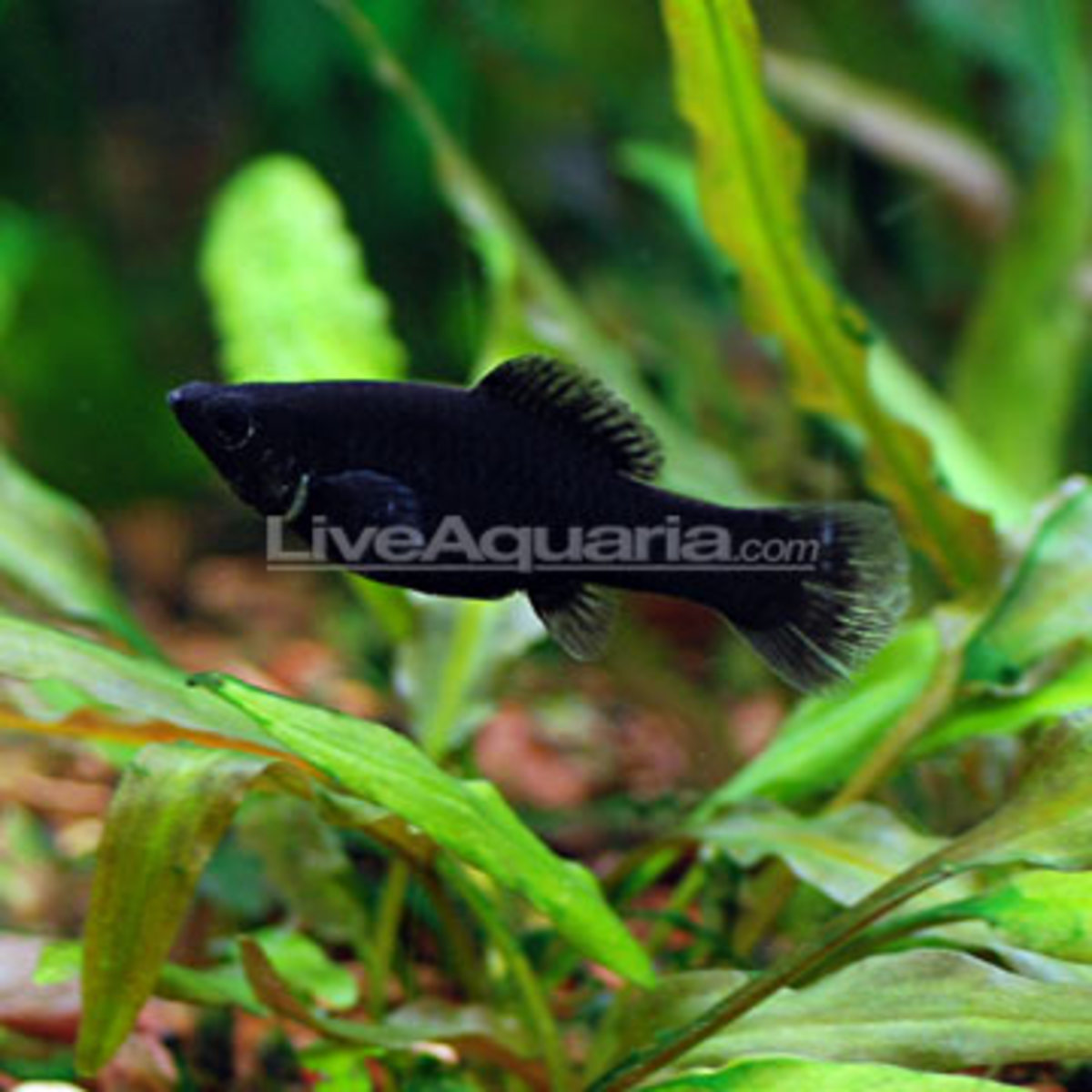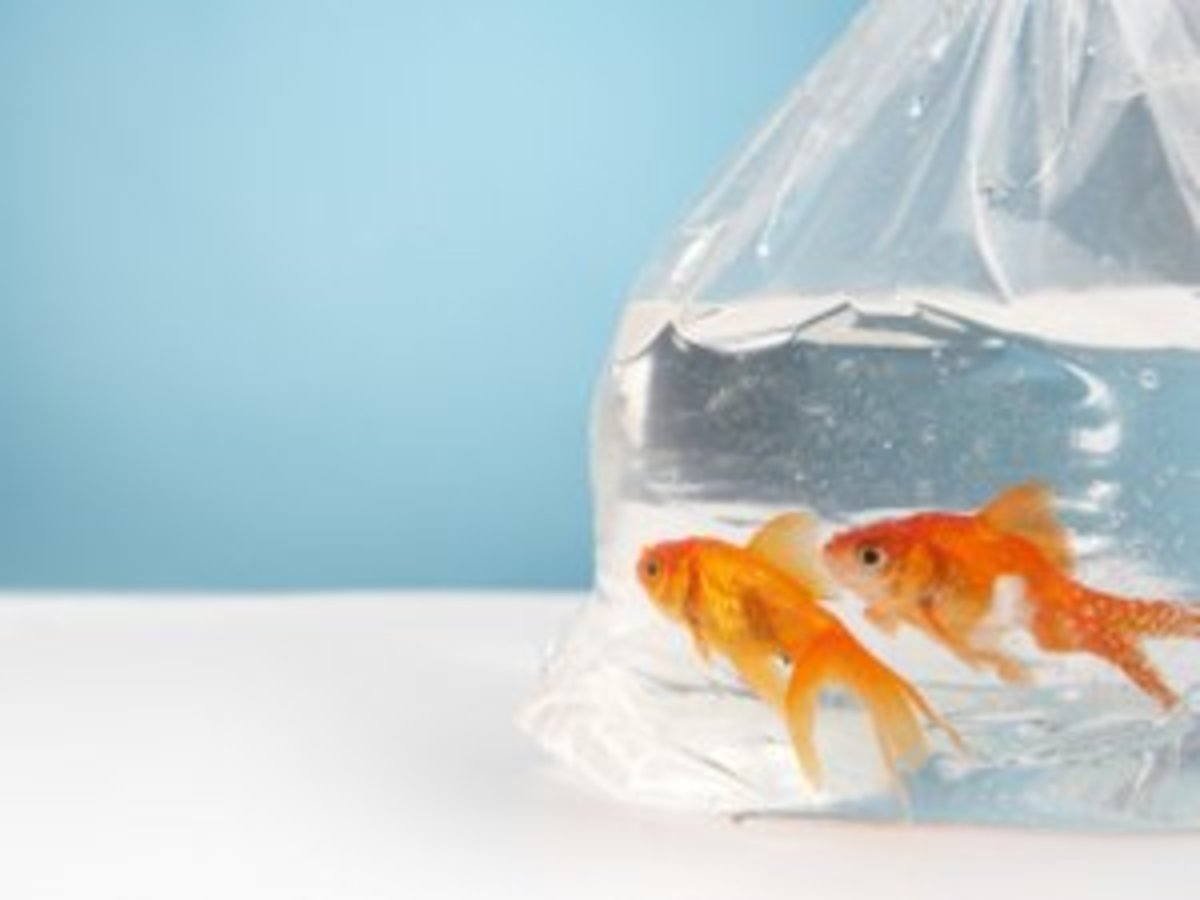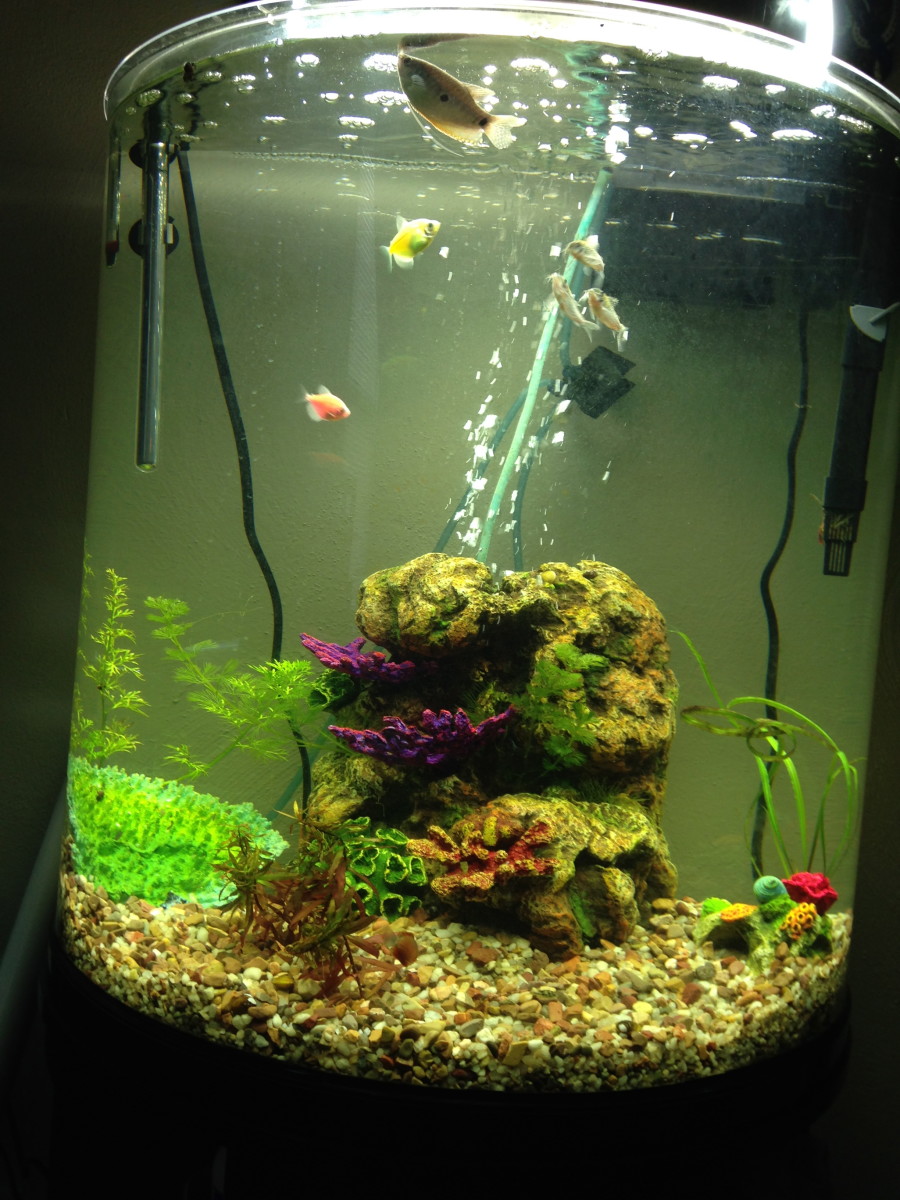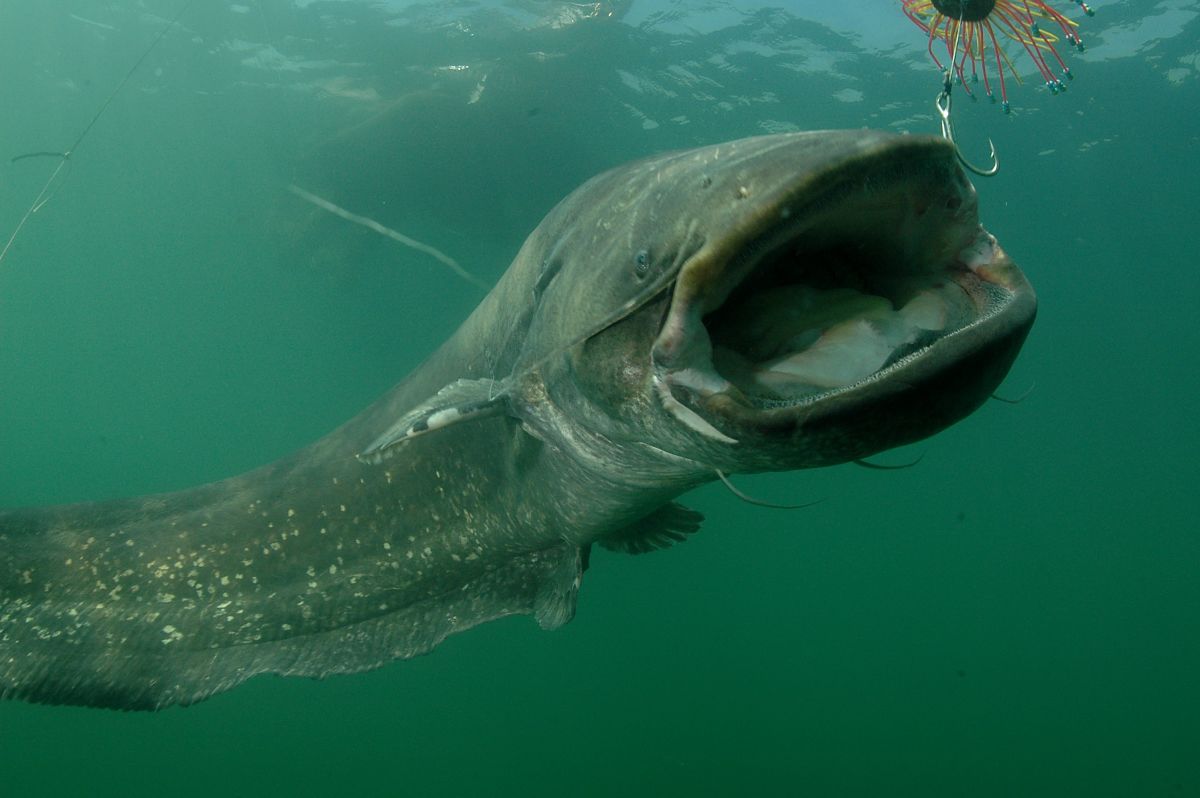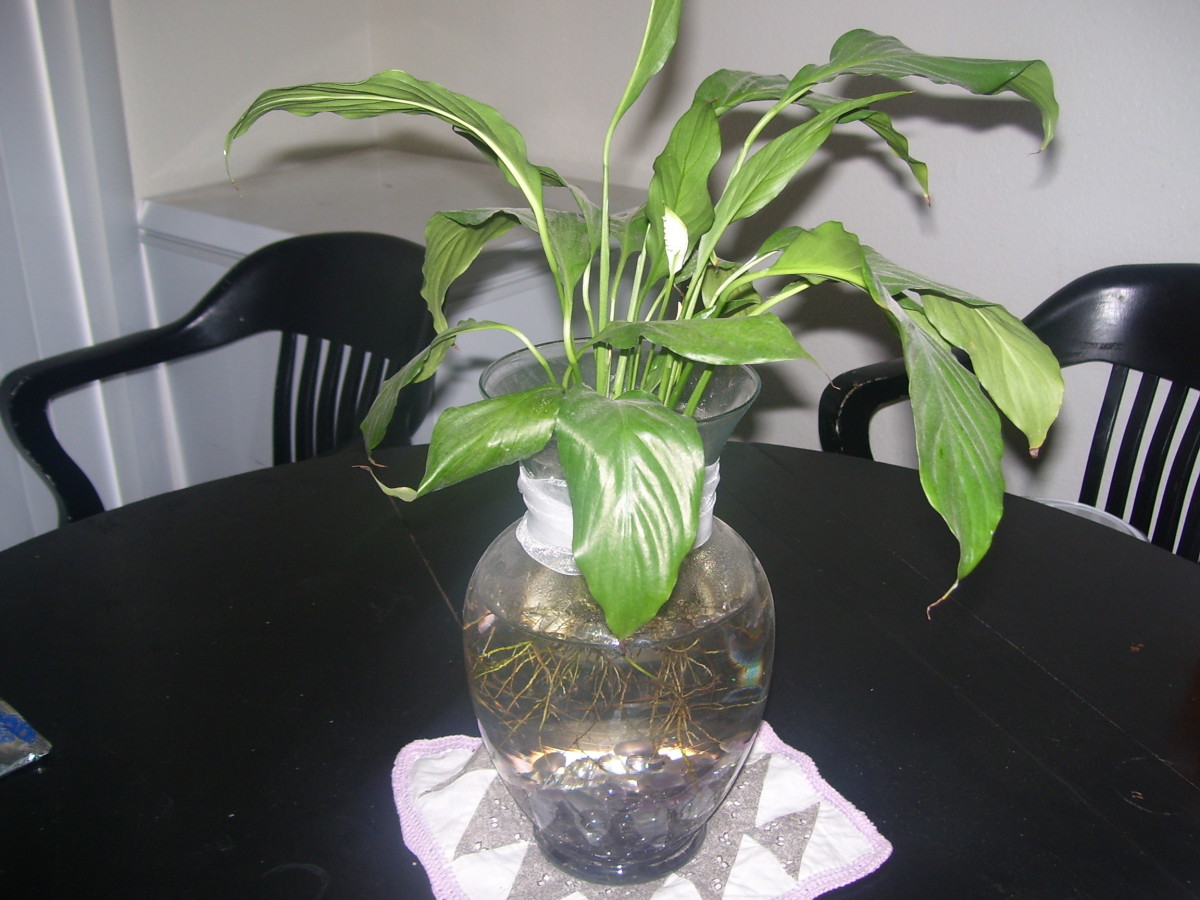Acclimating New Fish To Your Aquarium

If
you are new to the aquarium hobby acclimating newly purchased fish to
your aquarium can be a challenging process. It is very important that
you follow proper precautions for the health of your new fish as well as
the health of the fish already in your aquarium. There are various ways
to acclimate fish to your aquarium and there are multiple factors that
will influence your decision as to which method you should utilize. In
the following article I will discuss some of the methods I have used for
my home aquariums as well methods used while I worked at a local fish
store. Although there are many different variations of the methods that can used, the examples below have proven to be useful throughout my extensive aquarium experiences.
Standard acclimation - This process first involves opening the top of the fish bag and floating the bag containing the new fish in your aquarium for 5 to 7 minutes. This allows the temperature of the water in bag to stabilize with the temperature of the aquarium water. After temperature stabilization you want to make sure the bag is no more than 1/2 full of water so you may need to use a small cup to remove water from the bag. Make sure any water being removed from the bag goes down the drain and not in your tank. Next you will want to add water from your tank into the fish bag in increments to allow the fish to adjust to the new conditions. Although there is no set magic number of times to add water or exact minutes to acclimate the fish, I have had success with adding small amounts of water to the bag every 5 to 8 minutes. I usually do about 5 additions of water to the bag and make sure that you have at least doubled the water volume from its original state in the bag. Overall time for standard acclimation should be somewhere in the neighborhood of 30 to 45 minutes. After your fish have been acclimated you can gently remove them from the bag with a net, but be sure to NEVER EVER just pour the bag into your tank. Adding any water from a pet-store or fish store tank is very risky as you can unintentionally add disease to your tank with disastrous results. For most common and hardy fish the standard acclimation process will suffice. If your newly acquired fish are small to medium in size then this will be the proper method to use, but if you are acclimating a large fish of over 5 inches I would defer to the bucket acclimation method below.
Bucket acclimation - The bucket acclimation is the same concept as the standard acclimation but is more well suited for larger fish that should not be in fish bags for extended periods of time. When I purchase any fish over 5 inches I take it directly home and float the bag for 5 minutes to equalize temperatures. Then I gently pour the contents of the bag into a bucket so the fish will have more space and oxygen during the acclimation process. I prefer to use cylindrical buckets as skittish fish will be less likely to damage themselves when there are no corners. Following the information above for the standard acclimation, I use a similar approach with adding increments of water over a 30 to 45 minute time-frame. Again make sure to at least double to volume of water in the bucket and never add any of the water from the store to your aquarium.
Drip acclimation - The drip acclimation is best suited for fish that are known to be sensitive aquarium residents. My personal preference is to use the drip acclimation method for all saltwater species and more sensitive freshwater species such as discus, cardinal tetras, and apistogramma dwarf cichlids. Similar to the bucket acclimation method, I first float the fish bag for 5 to 7 minutes to equalize temperatures then gently add the contents of the bag to a bucket. Next, you will want to cut a piece of aquarium airline tubing that is able to reach from inside your aquarium all the way down to your bucket containing the fish. Tie a loose knot somewhere along the airline tubing and while keeping one end of the tubing in the aquarium water suck the other end lightly to start a siphon. Point the other end of the tubing back into the bucket and you should have water slowly dripping into your bucket. You can tighten or loosen the knot you have already made on the tubing to adjust how fast or slow the water drips into the bucket. The purpose of this method is a slow and gradual acclimation that is achieved by aquarium water literally dripping into the bucket so the fish can slowly adjust. I have used the drip acclimation from anywhere between 1 hour to almost 3 1/2 hours depending on how sensitive the new fish is. Again, make sure you at least double the volume of water in the bucket and with this method it may be better to triple the original volume. If you are having difficulty visualizing how this method works check out the video below. Any questions or comments are welcome!
